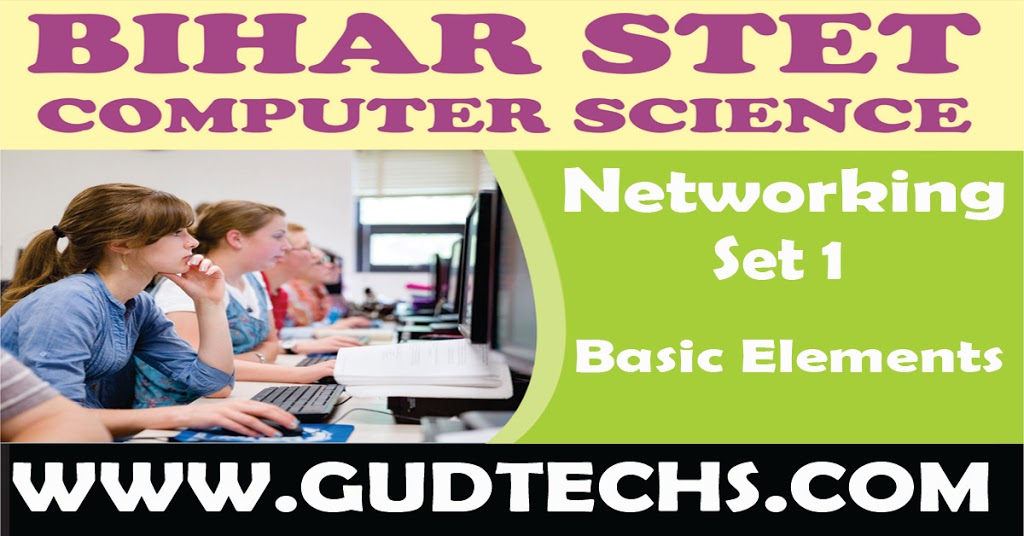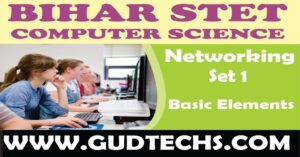a) Automatic
b) Half-duplex
c) Full-duplex
d) Simplex
2. The first Network
a) CNNET
b) NSFNET
c) ASAPNET
d) ARPANET
3. Which of this is not a network edge device? a) PC
b) Smartphones
c) Servers
d) Switch
4. A set of rules that governs data communication a) Protocols
b) Standards
c) RFCs
d) None of the mentioned
5. Three or more devices share a link in ________ connection
a) Unipoint
b) Multipoint
c) Point to point
d) None of the mentioned
6. Two devices are in network if
a) a process in one device is able to exchange information with a process in another device
b) a process is running on both devices
c) PIDs of the processes running of different devices are same
d) none of the mentioned
7. Which one of the following computer network is built on the top of another network?
a) prior network
b) chief network
c) prime network
d) overlay network
8. In computer network nodes are
a) the computer that originates the data
b) the computer that routes the data
c) the computer that terminates the data
d) all of the mentioned
9. Communication channel is shared by all the machines on the network in
a) broadcast network
b) unicast network
c) multicast network
d) none of the mentioned
10. Bluetooth is an example of
a) personal area network
b) local area network
c) virtual private network
d) none of the mentioned
11 A __________ is a device that forwards packets between networks by processing the routing information included in the packet.
a) bridge
b) firewall
c) router
d) all of the mentioned
12. Network congestion occurs
a) in case of traffic overloading
b) when a system terminates
c) when connection between two nodes terminates
d) none of the mentioned
13. Physical or logical arrangement of network is __________
a) Topology
b) Routing
c) Networking
d) None of the mentioned
14. In which topology there is a central controller or hub?
a) Star
b) Mesh
c) Ring
d) Bus
15. This topology requires multipoint connection
a) Star
b) Mesh
c) Ring
d) Bus
16. Data communication system spanning states, countries, or the whole world is ________
a) LAN
b) WAN
c) MAN
d) None of the mentioned
17. Data communication system within a building or campus is________
a) LAN
b) WAN
c) MAN
d) None of the mentioned
18. Expand WAN? a) World area network
b) Wide area network
c) Web area network
d) None of the mentioned
19. In TDM, slots are further divided into __________
a) Seconds
b) Frames
c) Packets
d) None of the mentioned
20. Multiplexing technique that shifts each signal to a different carrier frequency
a) FDM
b) TDM
c) Both FDM & TDM
d) None of the mentioned
21. The sharing of a medium and its link by two or more devices is called _________
a) Fully duplexing
b) Multiplexing
c) Both Fully duplexing and Multiplexing
d) Duplexing
22. Multiplexing is used in _______
a) Packet switching
b) Circuit switching
c) Data switching
d) Packet & Circuit switching
23. Which multiplexing technique transmits digital signals?
a) FDM
b) TDM
c) WDM
d) FDM & WDM
24. If there are n signal sources of same data rate than TDM link has _______ slots.
a) n
b) n/2
c) n*2
d) 2n
25. If link transmits 4000frames per second, and each slot has 8 bits, the transmission rate of circuit this TDM is _________
a) 32kbps
b) 500bps
c) 500kbps
d) None of the mentioned
26. In TDM, the transmission rate of the multiplexed path is usually _______ the sum of the transmission rates of the signal sources.
a) Greater than
b) Lesser than
c) Equal to
d) Equal to or greater than
27. Which of this is not a guided media?
a) Fiber optical cable
b) Coaxial cable
c) Wireless LAN
d) Copper wire
28. UTP is commonly used in __________
a) DSL
b) FTTP
c) HTTP
d) None of the mentioned
29. Coaxial cable consists of _______ concentric copper conductors.
a) 1
b) 2
c) 3
d) 4
30. Fiber optics posses following properties __________
a) Immune electromagnetic interference
b) Very less signal attenuation
c) Very hard to tap
d) All of the mentioned
|
1 – d
|
2 – d
|
3 – d
|
4 – a
|
5 – b
|
6 – a
|
7 – d
|
8 – d
|
9 – a
|
10 – a
|
|
11 – c
|
12 – a
|
13 – a
|
14 – a
|
15 – d
|
16 – b
|
17 – a
|
18 – b
|
19 – b
|
20 – a
|
|
21 – b
|
22 – b
|
23 – b
|
24 – a
|
25 – a
|
26 – a
|
27 – c
|
28 – a
|
29 – b
|
30 – d
|


